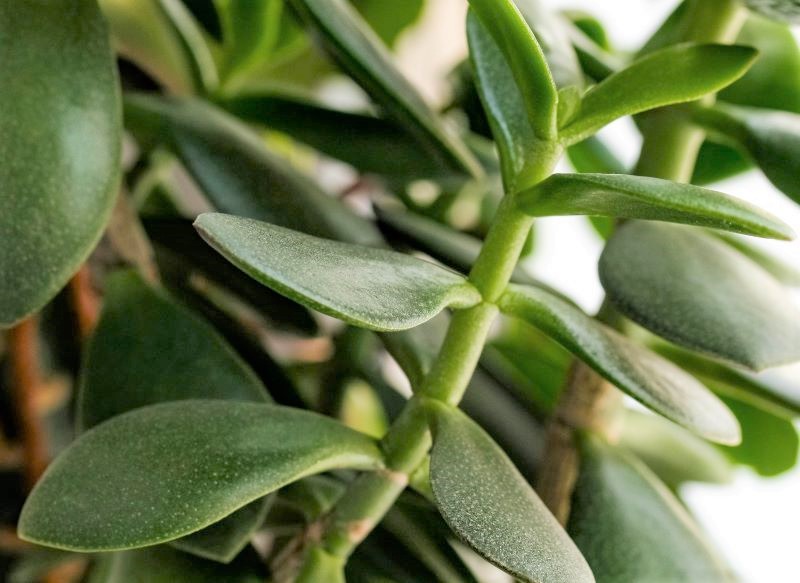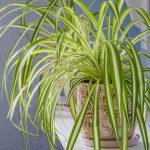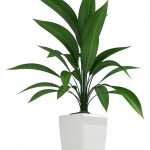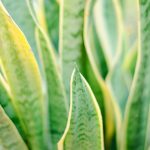The Jade Plant drooping and looking sad is quite an unwelcome sight. No one wants to see their jade plant dropping branches or leaves shrivelling up! Fortunately, once you know how to care for your Jade it will flourish. It’s often nicknamed the “money plant”, and once your plant is looking its best you will feel like you’ve won a million dollars.
The Latin name for the Jade Plant is Crassula ovata, which means “fat ovals”. It’s easy to see why it got this name when you look at it: the leaves are indeed fat ovals with the characteristic appearance of a succulent.

The Jade Plant has thick, woody stems which make it look like a mini tree, perfect for bonsai. The “trunks” can even grow a thick, scaly bark, making it look even more like a tree. The jade plant is fairly resilient and it is long-lived, making it a plant that can last for lifetimes and be passed down through generations. It’s a great plant for people who don’t have a lot of time to care for indoor plants, as it doesn’t require frequent watering and is very hardy.
Now for the big question: why is my Jade plant drooping? There are several reasons why your Jade plant can droop, and we’ll go through the most common ones, as well as how to care for your plant so that it’s looking its best.
Jade plants make a great gift – bring the green indoors with an easy-to-grow jade plant
Water
Too much water
Probably the biggest reason your Jade plant is drooping is because it’s getting too much water. Because the Jade is a succulent it needs to dry out between waterings. Water your plant thoroughly, but between waterings make sure the soil has dried out. Check the soil with your finger, a watering meter, or thin stick, and if the soil is dry halfway down, it’s time to water. Soak the soil thoroughly to ensure that all of the roots are watered, and then let the plant drain for five minutes. Check the drip tray to make sure it’s empty.
Jade plants require more water in the spring and summer months when they are actively growing, and less in the winter. The time between waterings will be shorter in the warm months and longer in the colder months. Just keep an eye on your plant’s soil, and if you see your Jade plant drooping adjust the water accordingly.
When watering your plant, take care not to splash water on the leaves, as this can expose them to rot. The best water for your plant is distilled water, as Jade plants can be sensitive to the salts in tap water.
Not enough water
If you see your Jade plant leaves shriveling and dropping off, this could be because you are not watering it enough. While the Jade plant can handle little water, it still needs water to survive! If your leaves are no longer plump and firm and its leaves are shriveling and dropping, give it some water to bring it back to life.
Root rot

Root rot is another common problem that leads to your Jade plant drooping. When root rot sets in, the roots can’t transport water to the rest of the plant, and the whole plant can die. Not only will you see drooping, but you will often see the Jade plant dropping leaves. Root rot usually occurs when your plant is overwatered. If you suspect root rot, there’s an easy way to check. Remove your plant from the pot and check the roots: if they are white and odorless they’re healthy, but if they are soft and mushy and brown, your plant is in trouble. Don’t fear, you may be able to save it!
Cut away any infected roots and save any parts that haven’t rotted. It’s a good idea to treat the cut parts with fungicide. Repot your Jade plant in fresh, dry soil and place the plant in good light to rest for about a week. After a week you can begin watering as usual.
Soil
Jade plants need good drainage to survive. If your Jade plant is drooping, it could be the soil you planted it in. The best soil for these plants is a freely draining soil such as a succulent or cactus mix. All-purpose potting soil is fine, as long as you add in extra perlite in a ratio of 2 parts soil to 1 part perlite. If the soil is very waterlogged, repotting it and taking care not to voer water it may save the plant.
Over-fertilizing
Since they are made to survive in drier conditions, Jade plants do well in poor soil. They do need some nutrition, though, and if you see your Jade plant drooping, this could be the cause. Fertilize your plant about once a year with a balanced water-soluble fertilizer in a liquid form. It’s best to dilute your fertilizer with water before applying it. Never fertilize in the cold weather months, and always make sure your plant has been watered first, as the fertilizer can burn dry roots.
Repotting a jade plant that is drooping
Jade plants like to be crowded and rarely need to be repotted. It’s a good idea to replace the soil every three years, though, and if you want to encourage your plant to grow bigger you can repot it in a slightly bigger pot every two to three years.
When you are repotting your Jade, make sure the soil is dry first and check to see if the roots are healthy, especially if your jade plant is dropping leaves. It’s best to repot in the spring. After you settle your plant in its new home, make sure to let the roots settle and don’t water it for about a week. Avoid fertilizing for a month after repotting.
Jade plants are very easy to propagate too. If you accidentally knock a healthy leaf off when you are replanting it, simply lay the leaf flat on some soil and keep it moist. In a few weeks it will start to grow new roots and a new little plantlet.
Alternatively, you can take a cutting, allow the stem to dry out for a few days and then plant it in well-draining soil. It seems a bit strange, but keep the soil just barely moist for the first few weeks while the roots start to grow, then after it is established it can be treated as a normal jade plant.
Sun
If it’s in too much sun, you may find your Jade plant’s leaves shriveling. Jade plants like full but indirect sunlight for at least four hours a day. If your plant has too much sun its leaves can get scorched.
Temperature
While Jade plants can tolerate drier environments, they don’t like it to get too hot. If you find your Jade plant dropping leaves, check the temperature of your home. The best temperatures are 65-75°F (18-24°C) in the day and 50-55°F (10-13°C) during the night.
Pests
Watch out for pests on your Jade plant. A common one is mealybugs. These woolly-looking pets like to hide under stems and leaves. To get rid of them, wipe off with rubbing alcohol. THey may need a more serious insecticide if they have taken hold of your plant. Look out for mites as well, they can look like tiny specks of dust, but if you give them a little nudge, you may seem them move slightly. These can also be treated with an insecticide.
Do’s and Dont’s to stop your Jade Plant drooping
Do’s
- Let soil dry out between waterings
- Place in indirect sunlight
- Watch out for signs of root rot and other diseases
Dont’s
- Let your plant sit in water
- Water too frequently
- Repot too often
- Fertilize more than once a year

Now you know what to do if your jade plant is drooping
If you’re the kind of person who loves plants, but tends to forget about them, the Jade plant is a great option for you. This succulent is okay with some neglect; in fact, it doesn’t like being watered often. Finally, you can have a houseplant that doesn’t need as much care as one of your children! Like all plants, though, the Jade will be sad if it doesn’t get some care, so if you see your Jade plant drooping, just follow these easy steps to keep it healthy and thriving for generations to come!





